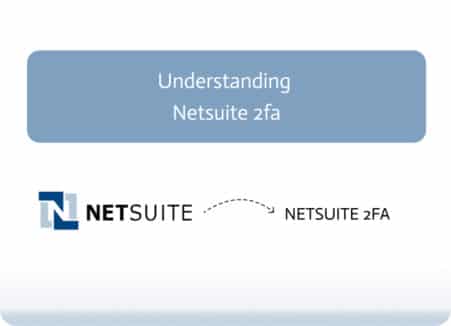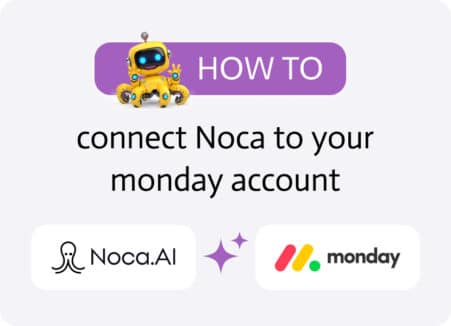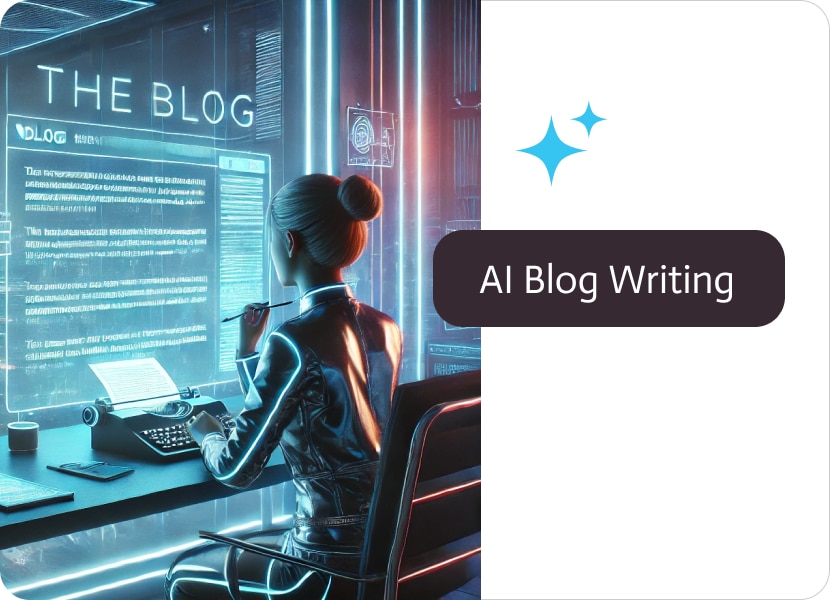
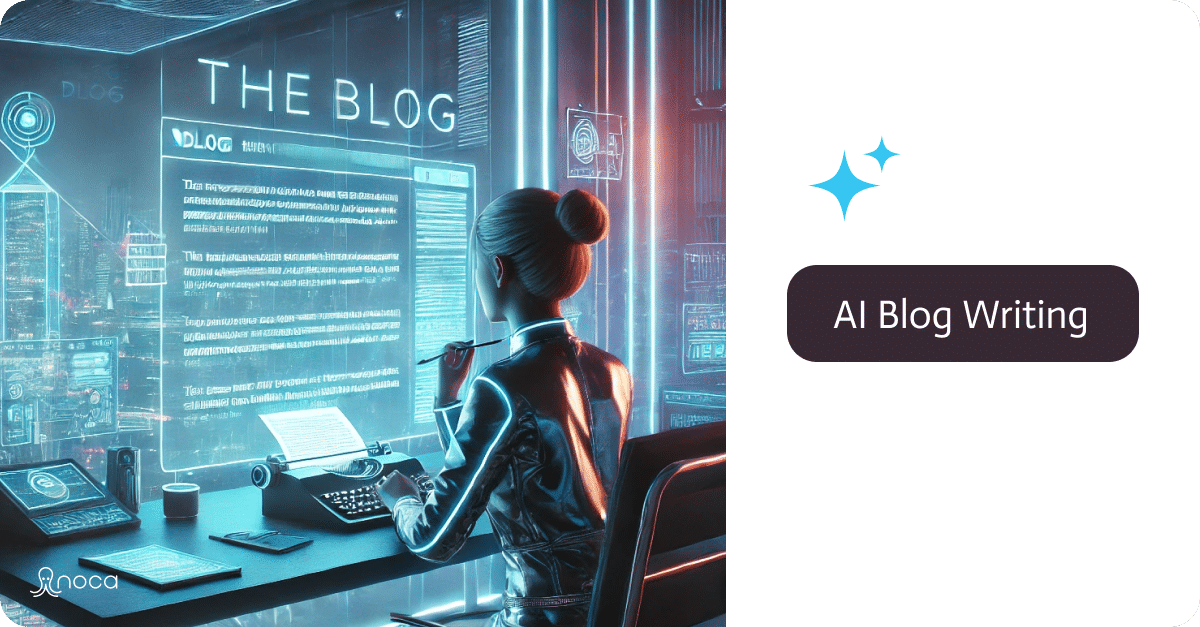
AI Blog Writing
What is AI Blog Writing?
AI blog writing is a short form of Artificial Intelligence writing for blogs. AI writing tools make use of NLP and machine learning to create human-like text based on the input prompt provided. And these tools can do the following:
- Generate complete blog posts in minutes
- Increase readability and engagement
- Offer headline, outline, and introduction suggestions
- Optimize for SEO and readability
- Help in research and topic ideation
While AI-created content is far from perfect, it provides a solid base upon which human writers can make the refinement and personalization touches. The key is knowing how to use AI effectively to enhance—not replace—the writing process.
How AI Blog Writing Works
AI writing applications are powered by large language models, the majority of which are LLMs, trained on massive swathes of data. Contextualized to predict the next word in a sentence, these models make coherent, often relevant text. Here’s how this usually goes:
- Input Prompt – You enter a topic, keywords, or a brief outline.
- AI Generates Content – The AI produces a draft based on your input.
- Editing & Refinement – You review and edit the content for accuracy and tone.
- SEO Optimization – You refine the post for SEO, readability, and engagement.
- Publishing – The final version is published, often with AI assistance in formatting.
AI isn’t a magic button that spits out perfect blogs but is a serious acceleration in content creation at scale with quality maintained.
Three Powerful Use Cases for AI Blog Writing
AI blog writing is not just about churning out words. It is about creating high-value content efficiently. Below are three use cases where AI blog writing provides tangible benefits.
1. Scaling Content for Digital Marketing Agencies
Marketing agencies have to create quality content in large quantities. AI blog writing tools help such agencies in:
- Creating bulk content for clients in various industries.
- Maintaining brand voice by training AI on client-specific guidelines.
- Faster creation of SEO-optimized articles, beyond what human writers can create on their own.
The content marketing firm managing several clients may want to use AI to create first drafts of articles and then have human editors refine these for quality and brand consistency.
2. AI-Powered Thought Leadership Content
Many businesses want to position themselves as industry leaders, but executives and experts don’t always have time to write. That’s where AI comes in:
- Drafting articles based on interviews and insights from SMEs.
- Summarize interviews and research into structured blog posts. I
- Improve thought leadership through AI-assisted editing.
For example, a technology executive can record ideas and have an AI tool type them into a complete, finished blog post that just needs review. This is how experts share their insights without having to spend hours writing.
3. AI-Assisted Technical Documentation & Tutorials
AI is also transforming technical writing by helping businesses create:
- Software documentation and how-to guides.
- API tutorials with structured explanations.
- Product updates in a concise and clear format.
For instance, a SaaS company can use AI to auto-generate documentation, ensuring consistency while reducing manual effort. Writers then refine the content for technical accuracy.
Top AI Blog Writing Tools
AI-powered blog writing tools have transformed content creation, offering writers and businesses an efficient way to generate high-quality articles. Below are three of the best AI blog writing tools that help streamline the writing process.
1. Jasper AI – Best for Marketing and Long-Form Content
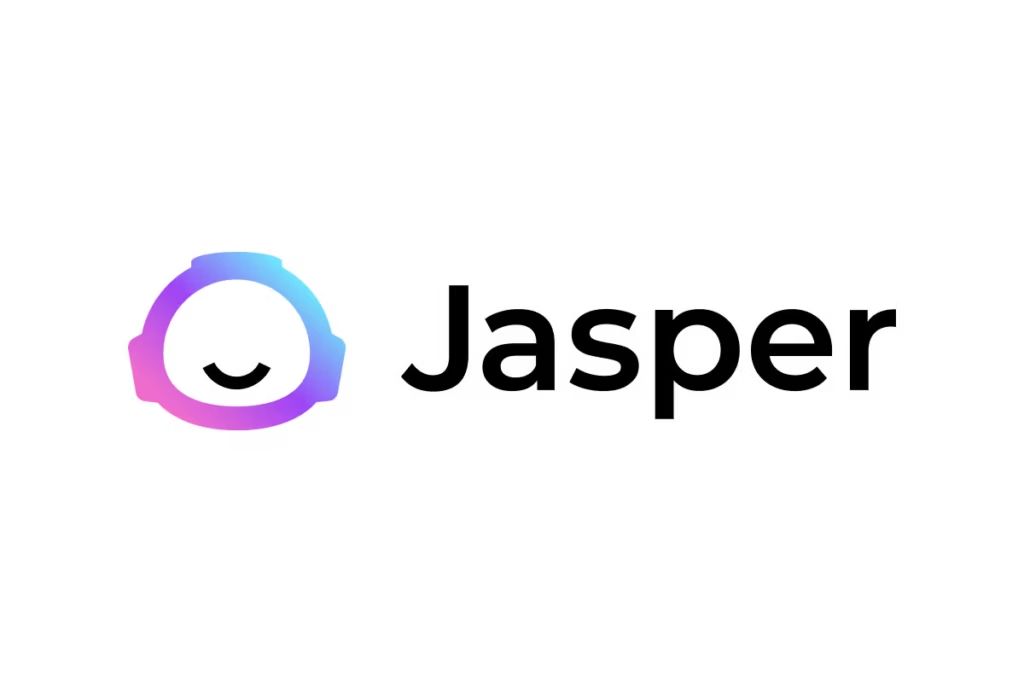
Jasper AI is one of the most advanced AI writing tools available. Designed for marketers, bloggers, and content teams, Jasper helps generate high-quality, long-form content in minutes.
Key Features:
- Generates blog posts, marketing copy, and social media content.
- Offers an intuitive interface with pre-built templates.
- Integrates with Surfer SEO for content optimization.
- Provides tone customization for brand consistency.
2. Writesonic – Best for Versatile Content Generation

Writesonic is an AI-powered writing assistant, giving fresh firepower to businesses and content creators alike in writing blog articles, product descriptions, and ad copy.
Key Features:
- AI-driven content creation with more than 100 templates.
- Blog article writer for SEO-friendly posts.
- AI chatbot for conversational AI-generated content: Chatsonic.
Integration with WordPress and other CMS platforms.
3. Rytr – Best Budget AI Writing Tool

Rytr is an affordable AI writing tool that helps users generate blog content, copywriting, and creative storytelling with ease.
Key Features:
- AI-powered blog post and copywriting assistant.
- Supports over 30+ languages.
- In-built plagiarism checker
Change in tone and writing style per one’s need
Integrating AI Blog Writing with an iPaaS Solution
One of the most powerful ways businesses leverage AI blog writing is by integrating it with an iPaaS (Integration Platform as a Service) like Noca AI.
Why Use an iPaaS for AI Blog Writing?
Most AI writing tools work as standalone platforms, requiring manual input and export. However, integrating these tools with an iPaaS solution automates content workflows:
- Automate Content Generation – Connect AI tools to content management systems (CMS) for automatic blog drafts.
- Seamless Publishing – Auto-schedule posts across WordPress, Medium, and other platforms.
- Data-Driven Insights – Sync AI-generated blogs with analytics tools to measure performance.
With Noca AI, businesses get an AI-first and NLP-first iPaaS solution designed for all users. Unlike platforms like Workato, which require deep technical knowledge, Noca AI makes integration simple, allowing anyone to connect AI writing tools with their content systems effortlessly.
Why Most Companies Choose iPaaS Over Native Integrations
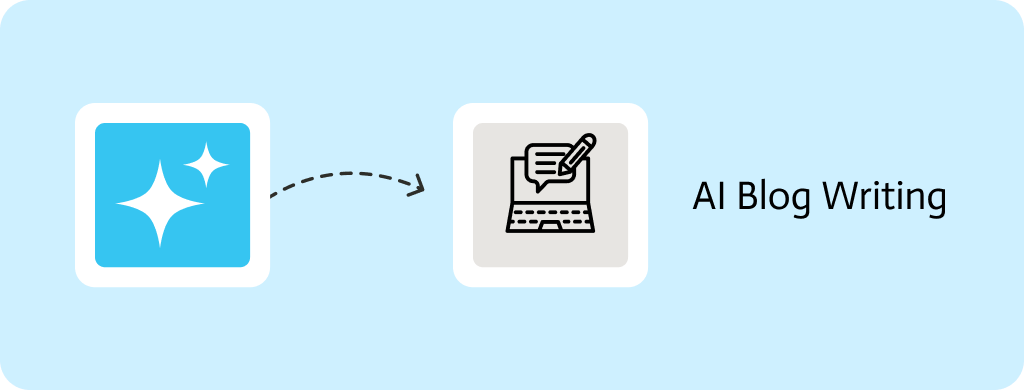
Many AI blog writing tools offer native integrations with CMS platforms like WordPress. However, these integrations are often limited in flexibility and scalability.
- Scalability: Connect multiple AI tools and CMS platforms without limitations.
- Customization: Advanced workflows can be tailored to specific content needs.
- Automation: Reduce manual tasks by intelligently automating blog creation, editing, and publishing.
Most businesses like iPaaS more than native integrations because it ultimately lets them build AI-powered, custom content pipelines rather than being pigeonholed into workflows set by the vendors.
Conclusion
AI blog writing has changed the game in content creation. It enables businesses to scale production, increase quality, and make workflows efficient. Be it a marketer, thought leader, or technical writer; AI speeds up and polishes your writing.
The real power of AI in blog writing, however, is through an iPaaS solution such as Noca AI: seamlessly automated and customized. In the realm of AI and iPaaS solutions, the way forward would surely be staying ahead of the curve in the efficiency and effectiveness of content creation for businesses.
